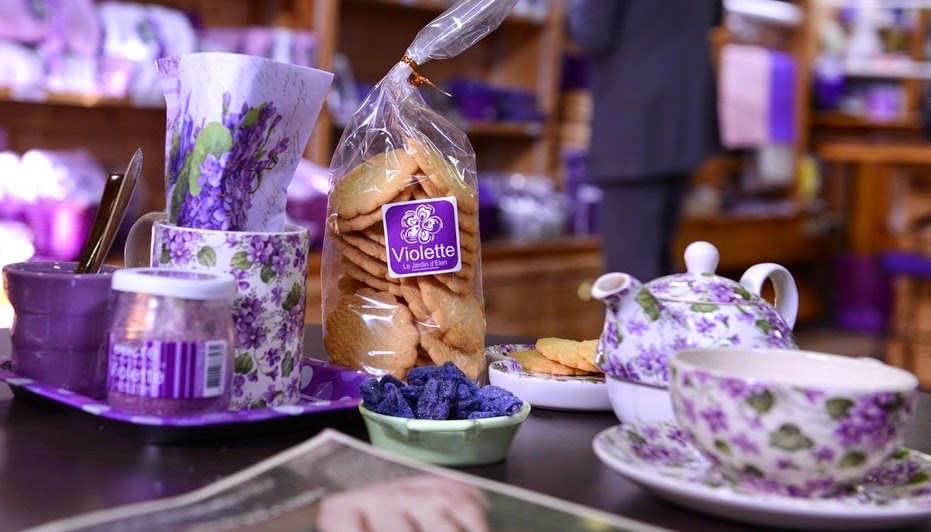Toulouse Violet Festival Ancient Holiday Fragrance & Beauty
(France)
In early February, the French
city of Toulouse is a traditional festival of violets, whose history is rooted
in the mists of time. The first race, which defines the best floral
arrangements, according to the chronicles, were held in 1323, and since 1811
this holiday was called "Violet Toulouse." In 1901, in Toulouse
created the first cooperative, which began to specialize grow violets. The fame
of this tender and fragrant flowers spreading around the world from here.
In 1960, Violet has become an
emblem of the city of Toulouse decorating, from this time began the use of this
wonderful flower in the industrial production of liqueurs, spirits and sweets.
With the aim of finding new markets created by the association "Land of
violets," in 2003 was officially approved by the Feast of violets, early
starts functioning National Museum of violets, where visitors can see the
different varieties of this beautiful flower.
In the middle of winter, when
there are hard frosts and heavy snowstorms, born in Toulouse tale consisting of
beautiful and fragrant flowers. Guests of the festival can see how huge themed
compositions, and separate romantic bouquets to its varied colors are dazzling.
But not only the lovers of
flowers visited Toulouse Violet Festival, here you can find beekeepers,
doctors, perfumers and winemakers. These professions are considering prospects
of violets in medicine, cosmetics and culinary experts examine the impact of
even the smell of a flower on the human body.
But the main event of the
festival is a competitive program, where members of the festival jury are
unique bouquets made of violets, as well as dishes, which were used in this
amazing flower petals.
Every year at the festival can
see the new varieties of flowers and complex compositions, brought participants
from many parts of the world. Historians believe that the love of the French
violet communicated by the ancient Gauls, who considered it a symbol of
innocence, purity and modesty.














%2B1.jpg)